
How to Use Wind Vane: Examples, Pinouts, and Specs
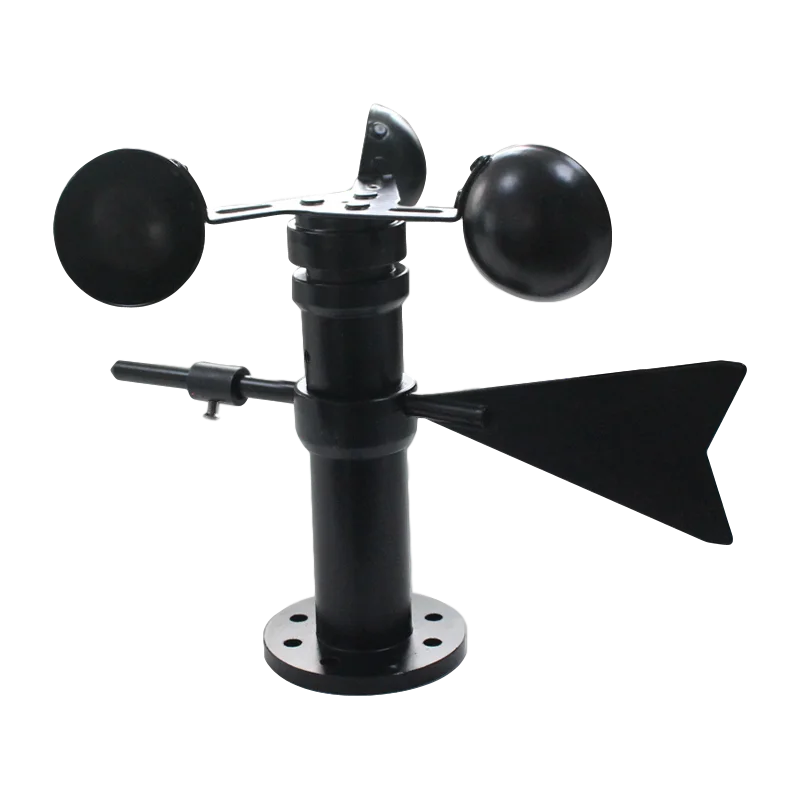
 Design with Wind Vane in Cirkit Designer
Design with Wind Vane in Cirkit DesignerIntroduction
A wind vane, also known as a weather vane or wind direction sensor, is an instrument used to determine the direction from which the wind is blowing. It typically consists of a rotating pointer that aligns itself with the wind's direction. Wind vanes are commonly used in meteorological stations, on boats, at airports, and by weather enthusiasts to measure wind direction, which is a critical parameter in weather forecasting and analysis.
Explore Projects Built with Wind Vane
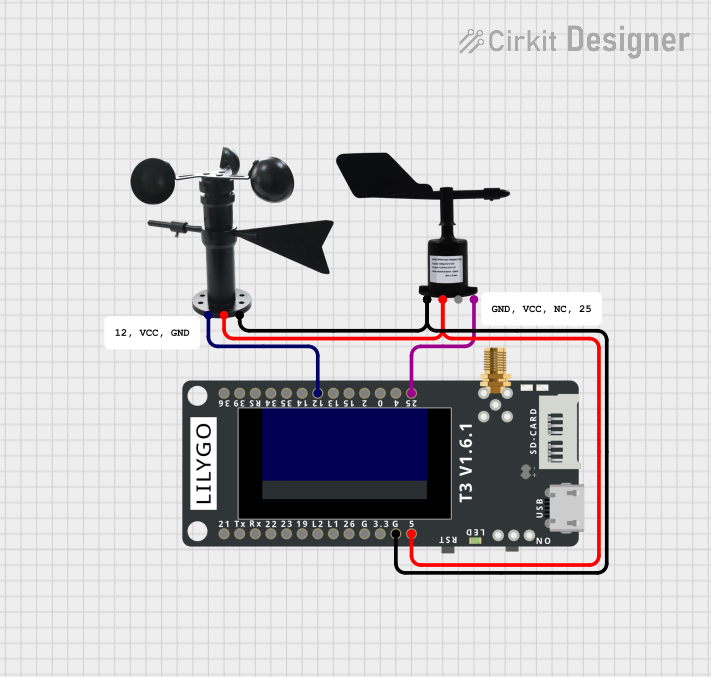
 Open Project in Cirkit Designer
Open Project in Cirkit Designer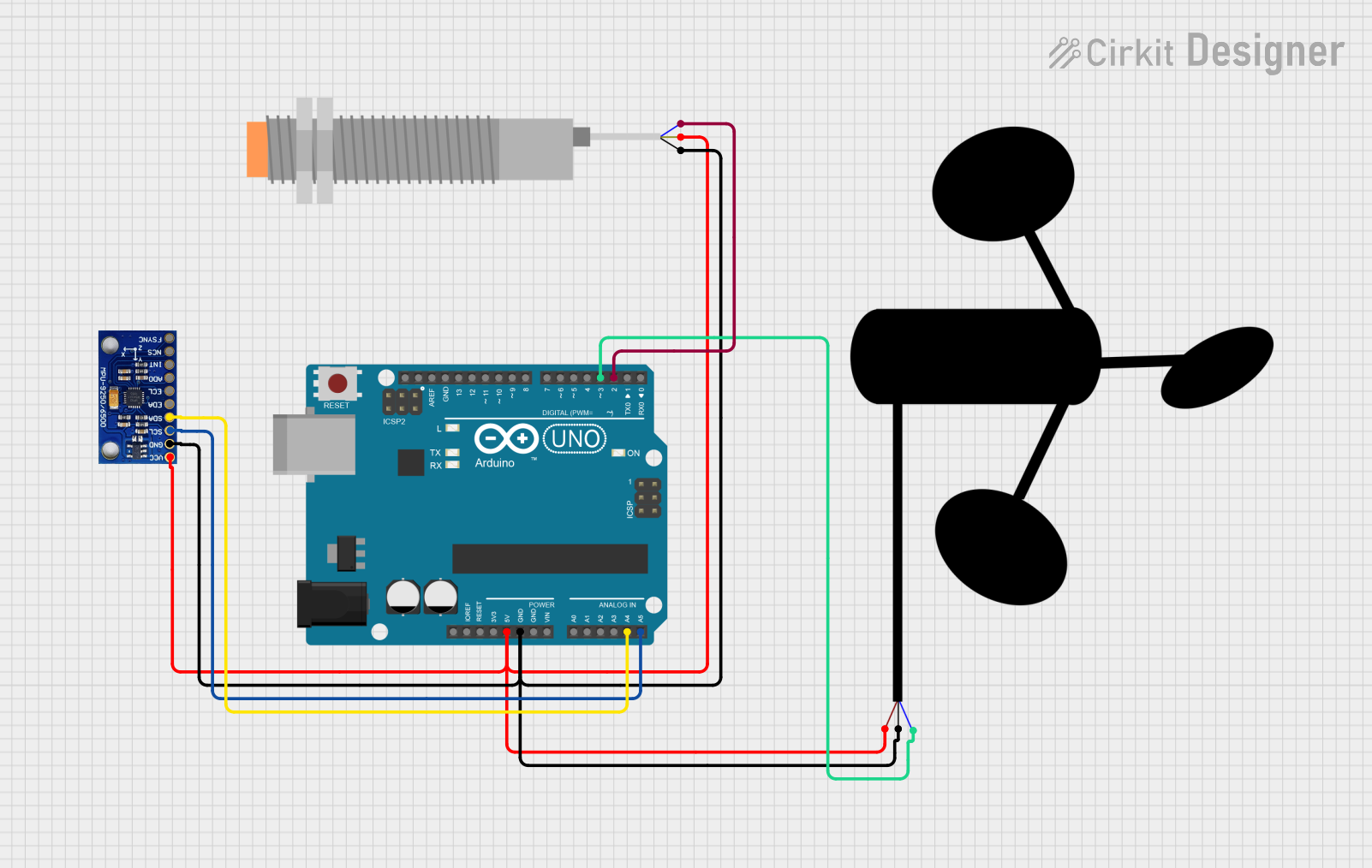
 Open Project in Cirkit Designer
Open Project in Cirkit Designer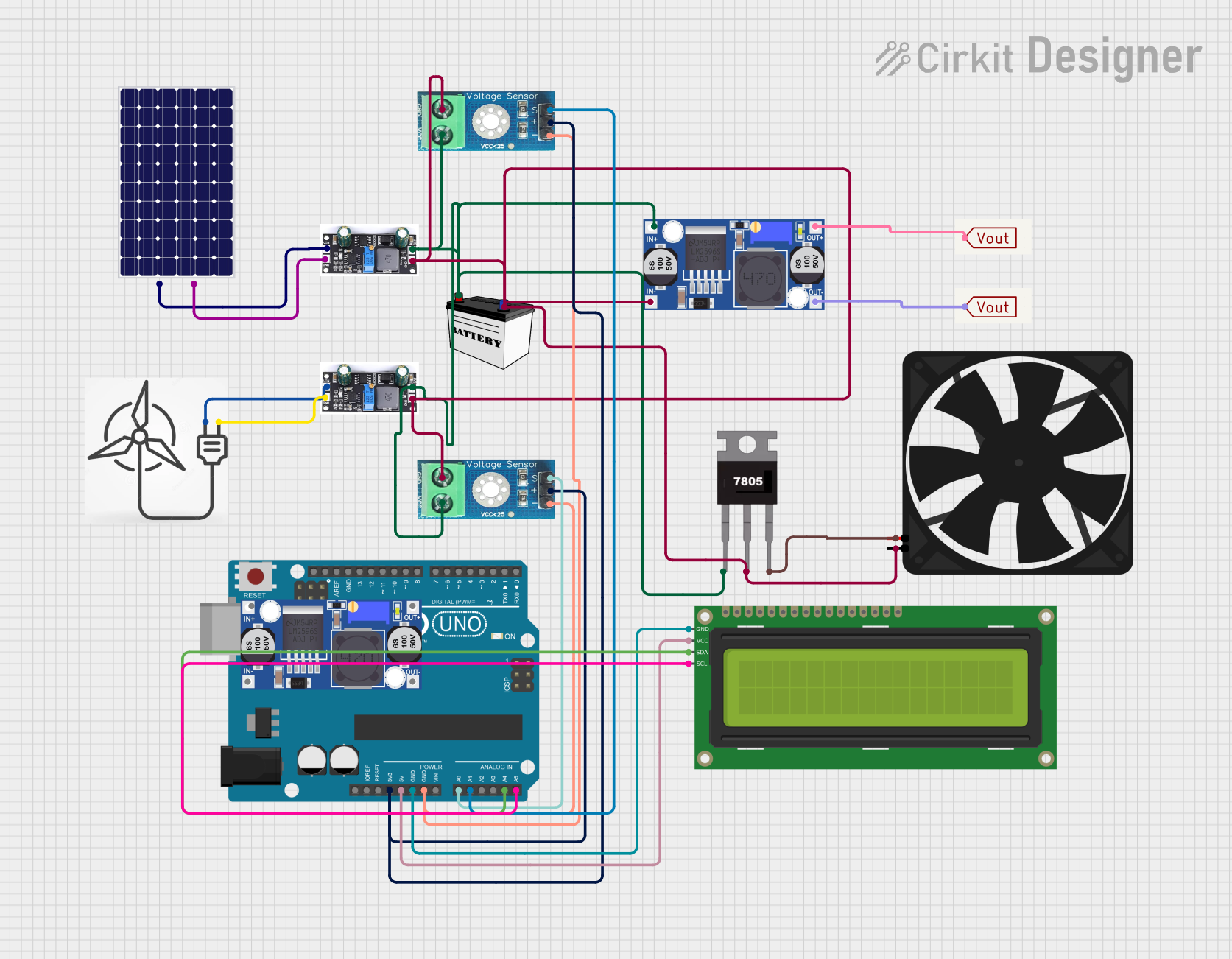
 Open Project in Cirkit Designer
Open Project in Cirkit Designer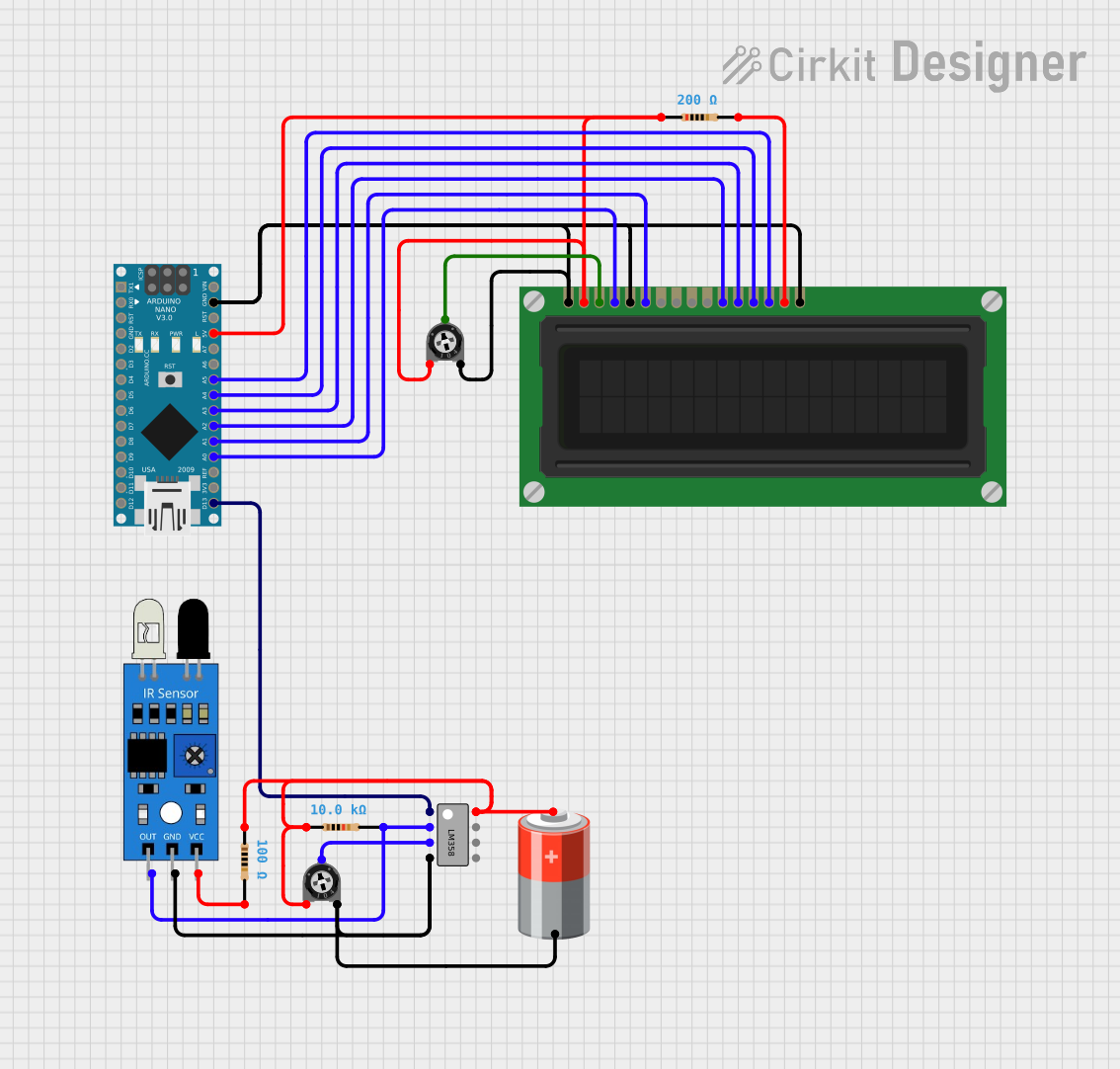
 Open Project in Cirkit Designer
Open Project in Cirkit DesignerExplore Projects Built with Wind Vane

 Open Project in Cirkit Designer
Open Project in Cirkit Designer
 Open Project in Cirkit Designer
Open Project in Cirkit Designer
 Open Project in Cirkit Designer
Open Project in Cirkit Designer
 Open Project in Cirkit Designer
Open Project in Cirkit DesignerCommon Applications and Use Cases
- Meteorological data collection
- Aviation for assessing wind direction on runways
- Sailing to optimize sail orientation
- Agriculture for irrigation planning
- Environmental monitoring
Technical Specifications
Key Technical Details
- Voltage: Typically 5V for digital wind vanes
- Current: Varies depending on the model, usually in the mA range
- Output: Analog voltage corresponding to wind direction or digital signal for more advanced models
Pin Configuration and Descriptions
| Pin Number | Description | Notes |
|---|---|---|
| 1 | VCC | Connect to 5V power supply |
| 2 | Signal Output | Analog or digital wind direction |
| 3 | Ground | Connect to system ground |
Usage Instructions
How to Use the Component in a Circuit
- Power Connection: Connect the VCC pin to a 5V power supply and the Ground pin to the common ground in your circuit.
- Signal Reading: Connect the Signal Output pin to an analog input on your microcontroller (e.g., Arduino) to read the wind direction.
- Mounting: Ensure the wind vane is mounted at an appropriate height and location, free from obstructions that could affect wind flow.
Important Considerations and Best Practices
- Calibration: Calibrate the wind vane to ensure accurate readings. This may involve adjusting the sensor's orientation to align with known wind directions.
- Debounce: Implement software debouncing to account for fluctuations in the sensor's output due to turbulent wind.
- Weatherproofing: Ensure the wind vane is weatherproof and capable of withstanding the environmental conditions where it will be used.
Example Code for Arduino UNO
// Define the analog pin connected to the wind vane
const int windVanePin = A0;
void setup() {
// Initialize serial communication at 9600 baud rate
Serial.begin(9600);
}
void loop() {
// Read the value from the wind vane
int windVaneValue = analogRead(windVanePin);
// Convert the analog value to wind direction
String windDirection = convertToDirection(windVaneValue);
// Print the wind direction to the Serial Monitor
Serial.println("Wind Direction: " + windDirection);
// Wait for a second before reading again
delay(1000);
}
// Function to convert analog value to wind direction
String convertToDirection(int value) {
// Implement conversion logic based on the wind vane's calibration
// This is a placeholder function and should be calibrated for your specific wind vane
if (value < 100) {
return "North";
} else if (value < 200) {
return "North-East";
} else if (value < 300) {
return "East";
} else if (value < 400) {
return "South-East";
} else if (value < 500) {
return "South";
} else if (value < 600) {
return "South-West";
} else if (value < 700) {
return "West";
} else {
return "North-West";
}
}
Troubleshooting and FAQs
Common Issues Users Might Face
- Inaccurate Readings: If the wind vane provides inaccurate readings, check for proper calibration and ensure there are no obstructions affecting the wind flow.
- Erratic Behavior: Fluctuating readings can be caused by electrical noise or mechanical issues. Ensure stable power supply and check for wear and tear on the moving parts.
- No Output: If there is no output from the wind vane, verify the power supply, check the connections, and ensure the microcontroller's analog input is functioning correctly.
Solutions and Tips for Troubleshooting
- Calibration: Regularly calibrate your wind vane and verify its orientation.
- Debouncing: Implement software debouncing to smooth out the signal.
- Maintenance: Perform periodic maintenance to ensure the mechanical parts are free from debris and corrosion.
FAQs
Q: How often should I calibrate my wind vane? A: Calibration frequency depends on usage and environmental conditions. It's recommended to calibrate the wind vane upon installation and then periodically, such as once a year.
Q: Can I use the wind vane with a 3.3V system? A: Some wind vanes are compatible with 3.3V systems. Check the specifications of your particular model and use a voltage level shifter if necessary.
Q: What is the best location to install a wind vane? A: The wind vane should be installed in an open area, away from tall structures or trees, at a height that provides unobstructed exposure to the wind.